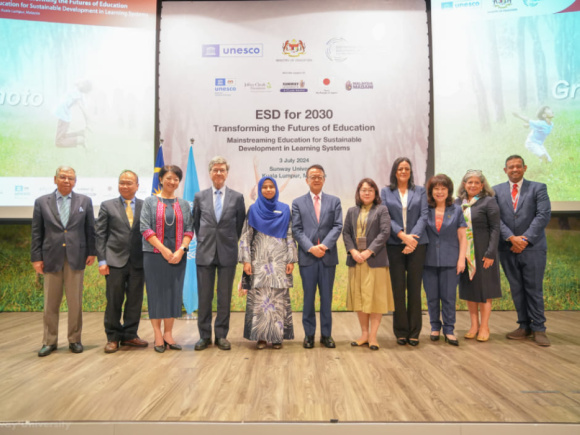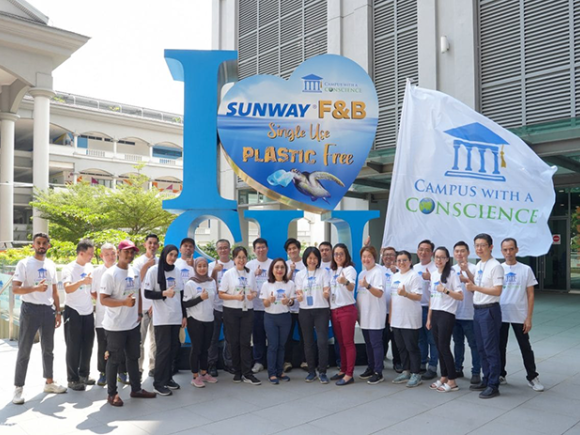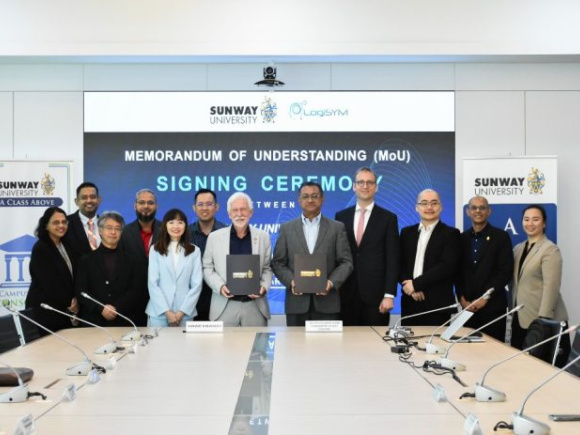‘Unlearn habit of plastic use’
ONE of the most irksome sights is seeing plastic waste littered all over the place, choking the environment, be it on land, in the water or even in the air.
Plastic pollution has become one of the most urgent environmental concerns of our time.
Plastic, found everywhere from the furthest reaches of the Arctic to the deep sea, in the clouds and atmosphere, threatens not only ecosystems and wildlife, but also our own health.
In recent years, various efforts have been initiated to create awareness of the dangers of plastic and to encourage people to avoid single-use plastic, especially the typical plastic bag or mineral water bottle.
So why are we still, many years down the road, contributing to the tonnes of plastic left behind in landfills and oceans?
Critical crisis
Are we not choked to tears to see photos and videos of thousands of wildlife species found to have ingested plastic, leading to intestinal blockages and death, with even more injured or dead when trapped or entangled in plastic?
We humans are not spared either; it has gotten to the point where microplastics have been found in human placentas!
It is now known that microplastics pose digestive, reproductive and respiratory hazards in mice, and are suspected to cause similar hazards in humans.
A recent human study published in The New England Journal of Medicine in March 2024 found a higher risk of heart attacks, strokes and death among patients who had microplastics in their blood vessels.
Earlier this year, The New York Times reported that scientists have found the prevalence of microplastics inside the human body.
Ladies and gentlemen, plastic is now inside us – in our blood, lungs, and alarmingly in breast milk – thus exposing infants to the perils of plastic from birth!
We can no longer consider plastic pollution as just a waste issue or detrimental to wildlife; it is now a human as well as a planetary health crisis, which requires immediate and decisive action from each and every one of us.
It is an endless cycle: we use plastic, throw it out and now it goes back inside us.
On land, plastic gets stuck in landfills, and those thrown carelessly into rivers or waterways end up in our oceans.
The Great Pacific Garbage Patch is believed to weigh approximately 100,000 tonnes. Breaking it down, it comprises around 1.8 trillion plastic pieces, which is about 250 pieces of debris per person in the world.
Researchers from the University of York, United Kingdom, have found microplastics more than seven metres underground. It seems we cannot run away from plastic.
Changing mindsets
The truth of the matter is that plastic will not disappear; at best, it just breaks up into smaller pieces.
Over time, with exposure to the sun and heat, plastic slowly turns into tiny fragments – microplastics – which end up in the water, are eaten by wildlife, and eventually make their way into our food chain and bodies.
In animals, these microplastics clog up organs, often resulting in death. Turtles and beached whales have been found with stomachs full of plastic waste.
The fundamental question is, how can we reduce plastic usage?
The solution is to minimise plastic waste, and this is within reach. We need to get big corporations to reduce their use of plastic packaging and hold plastic polluters accountable.
We need to transition to a more sustainable approach where plastic production and usage are limited.
Our move towards a plastic-free world is challenging indeed. We need to unlearn our ingrained habit of using plastics in our daily lives.
In the fourth session of the Intergovernmental Negotiating Committee in April this year, state parties aimed to develop an international legally binding instrument on plastic pollution, including in the marine environment.
However, the session ended without a clear specific agreement on a common agenda due to deep divisions among parties on how plastic pollution should be controlled.
The fight against plastic has been likened to that of David and Goliath. There is no easy solution, but we need to start somewhere, and ultimately it starts with you and me.
We need a collective sense of responsibility and a genuine commitment to transform our mindsets and lives towards a more sustainable future – one that is free of plastic.
Currently on campus, we are embarking on a plastic-free campaign. The challenge is to avoid single-use plastics such as straws, packaging and utensils, and to strive to limit the number of plastic products we discard.
At the root of it all, awareness and education are crucial.
Educating people about the environmental impact of plastic pollution is vital. We should start in schools, incorporate it into the curricula, and run community programmes and awareness campaigns to enlighten the masses on the consequences of plastic use.
The idea is to start young and motivate people to adopt eco-friendly alternatives and practices, which they would bring into their own homes and families. This would in the long term foster a culture of environmental consciousness and instil a sense of responsibility towards reducing plastic consumption.
Achieving a plastic-free world demands that we all say “No” to plastic. It is up to us to save our world, save the life forms on land and in the sea, and ultimately save ourselves.
Prof Datuk Dr Elizabeth Lee is the group chief executive officer at Sunway Education. A veteran in the field of private higher education, Prof Lee is also an advocate for women in leadership. She has been recognised both locally and internationally for her contributions to the field of education. The views expressed here are the writer’s own.













